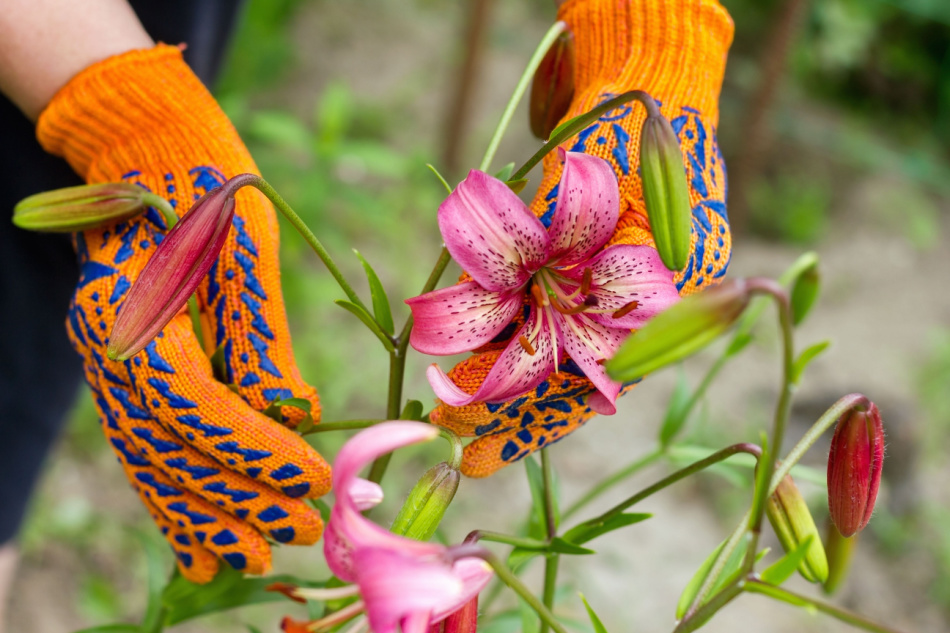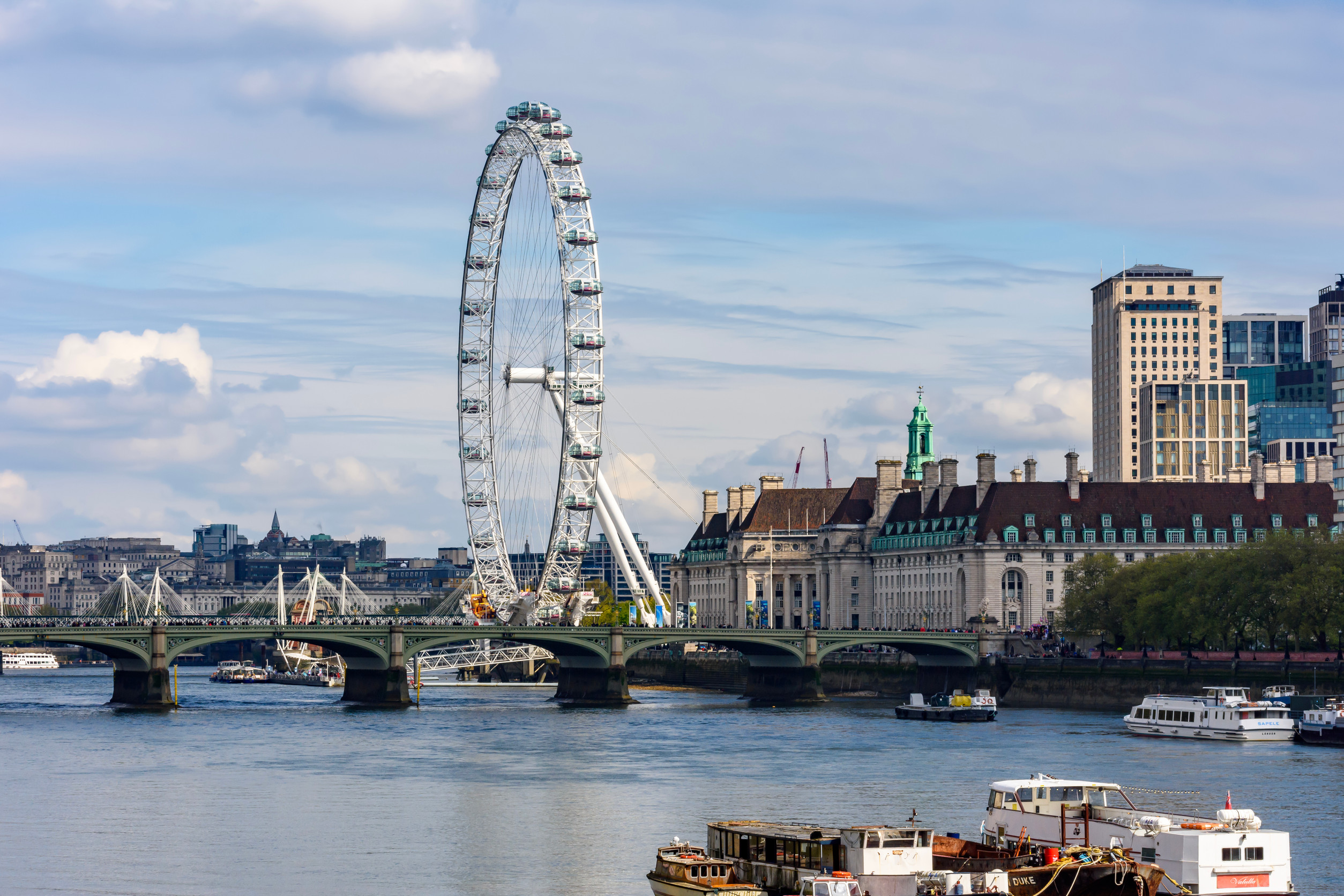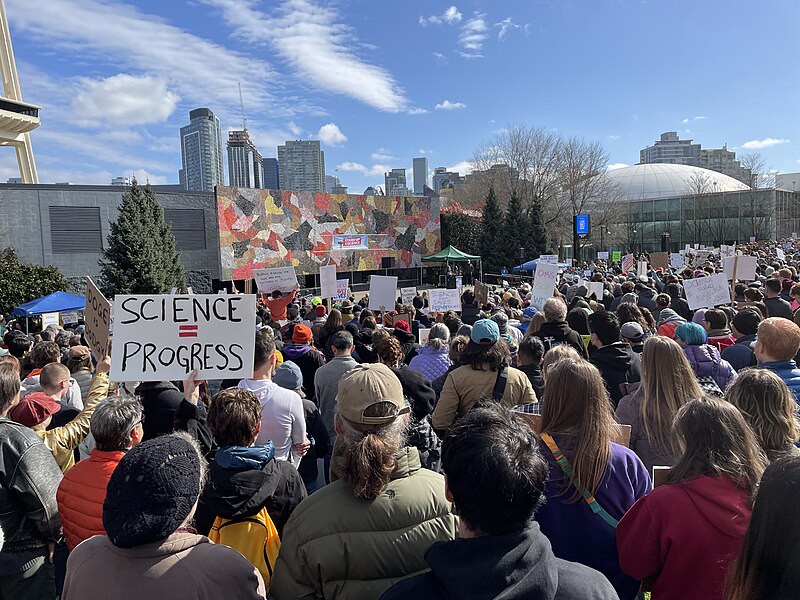Travel beyond Amsterdam’s northern outskirts and you enter a scene that looks like a 17th-century Dutch painting. Cows chew their cud in lush pasture fringed with reed beds, in a region of pretty villages whose houses are often snapped up by wealthy urban commuters.
By Dutch standards, this watery landscape has been left relatively undeveloped. Scratch the surface, however, and all is not well. Currently, agricultural methods are draining significant water from the meadows, leaving the peat vulnerable to erosion and creating conditions that threaten marshland species. This, in turn, was causing biodiversity to go down.
To find a way to restore the marshlands and pastures while maintaining its agricultural capacity, the Amsterdam Wetlands project will plow $9 million of funding into experiments. The scheme, a collaboration between three nature preservation agencies, is intended to incorporate more water into low-lying areas instead of damming and pumping it out. If fully realized, it could demonstrate how restoring land and making it more storm-resilient needn’t just mean rewilding terrain through marsh expansion and turning it all back to nature.
Agriculture, if well-managed, can also play a role in maintaining balance, providing habitats in places where humans have been reshaping the landscape for more than a thousand years. Not to mention the restored wetlands will create a big carbon sink just outside the capital city of the Netherlands.











